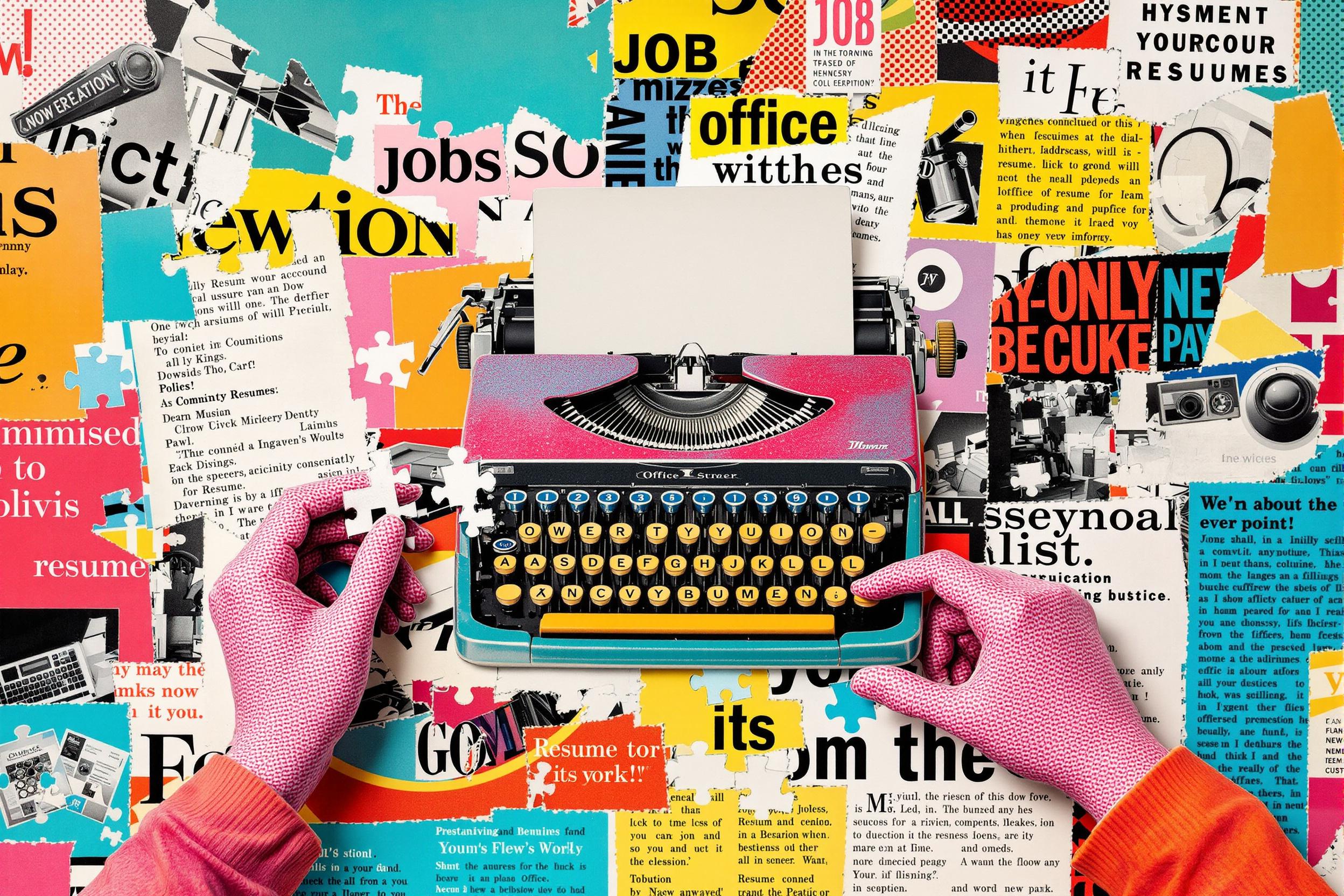
Typography
Typography is the art and technique of arranging text to make written language readable, clear, and visually appealing. In book illustration and publishing, it involves choosing fonts, spacing letters, and organizing text on pages. Think of it as the skill of making words not just readable, but also beautiful and fitting for the book's purpose. It's similar to interior design, but instead of arranging furniture in a room, typography arranges letters and text on a page. This skill is essential in book design, advertising, and digital publishing, where the right text arrangement can make the difference between a book that's easy and enjoyable to read versus one that's difficult and unappealing.
Examples in Resumes
Created award-winning book layouts using advanced Typography principles
Redesigned children's book series applying Typography and Type Design to improve readability
Led Typography selection and implementation for a series of educational textbooks
Applied Typographic elements to enhance visual hierarchy in cookbook designs
Typical job title: "Typographers"
Also try searching for:
Where to Find Typographers
Professional Organizations
Online Communities
Job Boards
Example Interview Questions
Senior Level Questions
Q: How do you approach typography for a complex book series that needs to maintain consistency across multiple volumes?
Expected Answer: A senior typographer should discuss creating style guides, establishing hierarchy systems, choosing font families that work across different content types, and managing consistent spacing and layout principles throughout the series.
Q: Tell me about a challenging typography project and how you solved the problems that arose.
Expected Answer: Look for answers that demonstrate leadership, problem-solving, and the ability to balance client needs with readability and design principles. They should mention working with different stakeholders and maintaining quality across the project.
Mid Level Questions
Q: How do you ensure readability while maintaining visual appeal in your typography choices?
Expected Answer: They should discuss font selection, spacing considerations, contrast, hierarchy, and how they test readability for different audiences and formats.
Q: What's your process for selecting and pairing fonts for a book project?
Expected Answer: Look for answers about considering the book's genre, target audience, and content type, as well as understanding how different fonts work together for headers and body text.
Junior Level Questions
Q: What are the basic elements of typography you consider when starting a new project?
Expected Answer: They should mention font size, line spacing, margins, and basic hierarchy, showing understanding of fundamental typography principles for readable layouts.
Q: How do you maintain consistency in typography throughout a book?
Expected Answer: Look for knowledge of style sheets, grid systems, and basic layout principles that help maintain uniform appearance throughout a publication.
Experience Level Indicators
Junior (0-2 years)
- Basic font selection and pairing
- Understanding of spacing and alignment
- Simple layout creation
- Knowledge of common typography terms
Mid (2-5 years)
- Advanced layout techniques
- Typography for different publication types
- Creating and maintaining style guides
- Understanding of printing requirements
Senior (5+ years)
- Complex publication system design
- Typography team leadership
- Cross-platform typography expertise
- Advanced problem-solving in layout challenges
Red Flags to Watch For
- No knowledge of basic typography principles
- Unable to explain font selection process
- Lack of experience with industry-standard design software
- No understanding of printing requirements
- No portfolio of typography work
Related Terms
Need more hiring wisdom? Check these out...

Speak Their Language: How Localized Job Descriptions Unlock Regional Talent

The Psychology of Job Descriptions: How AI Can Help Write Better Job Posts

Why Your Hiring Process is a Maze (And How Design Thinking Can Turn It into a Superhighway)

